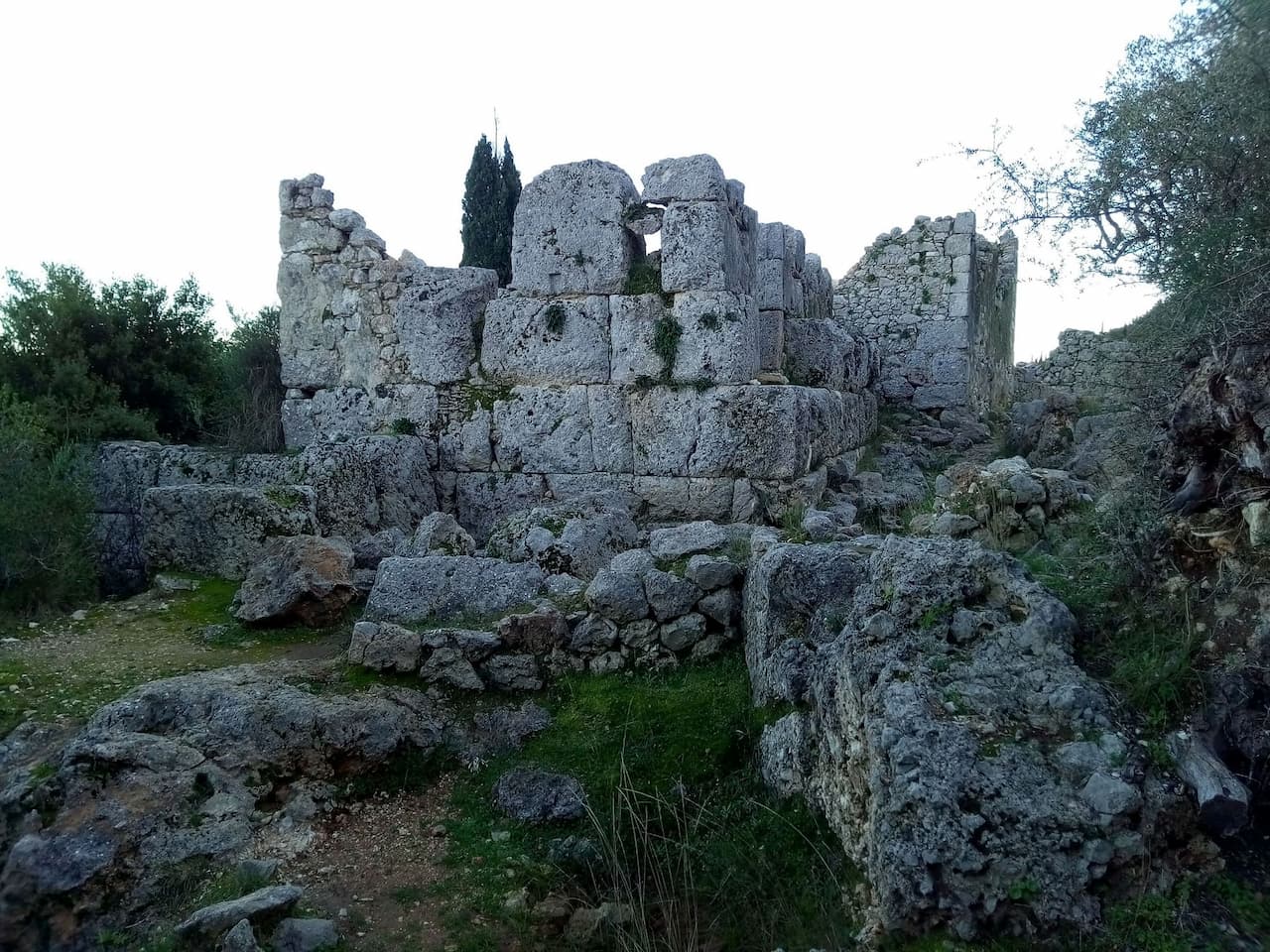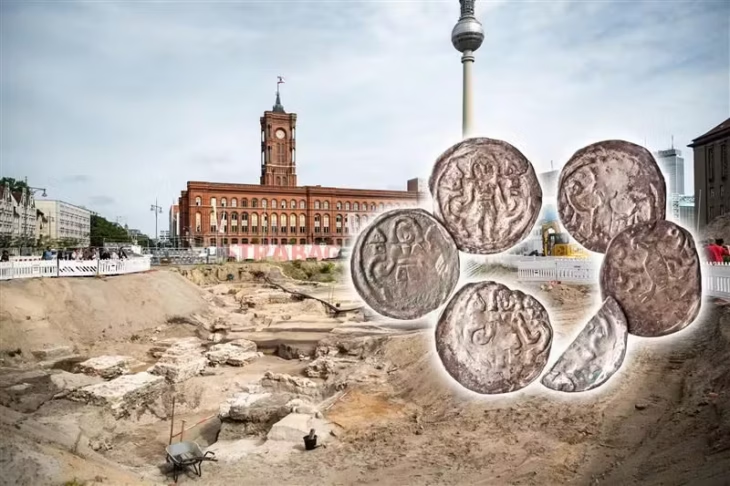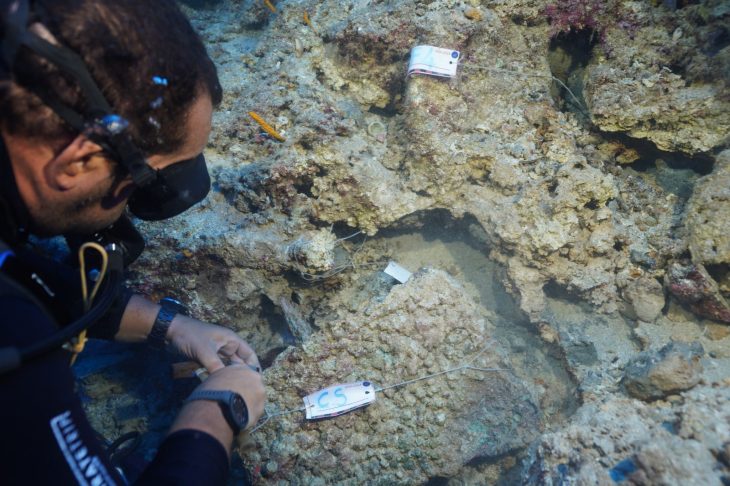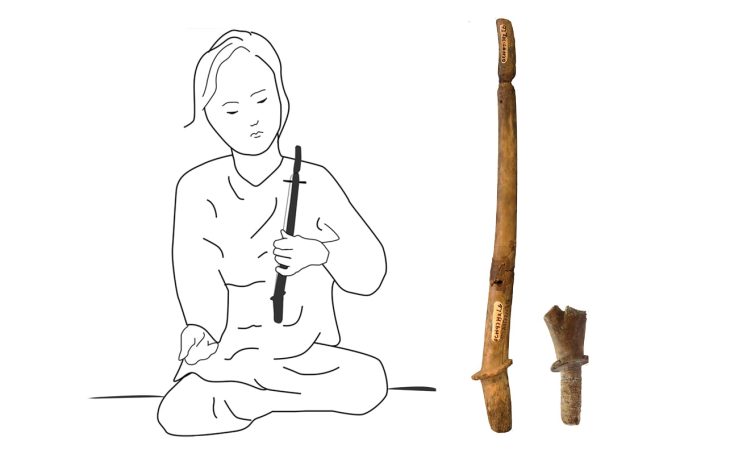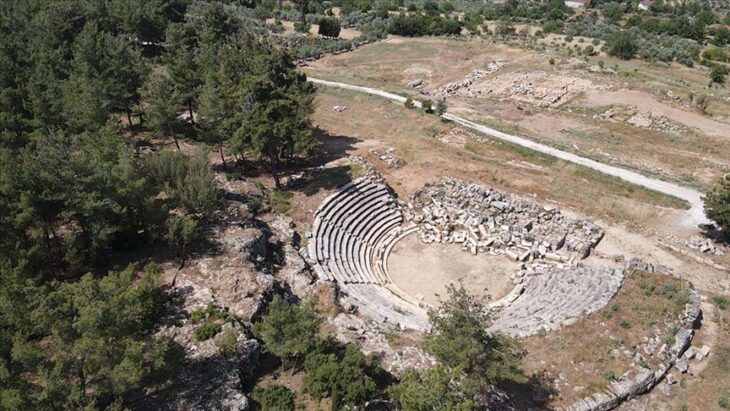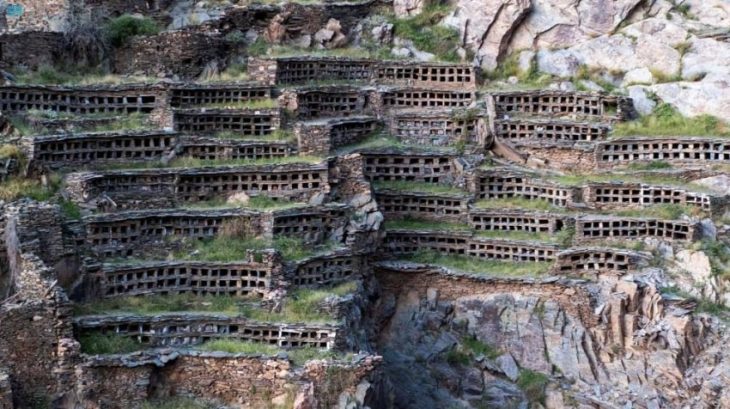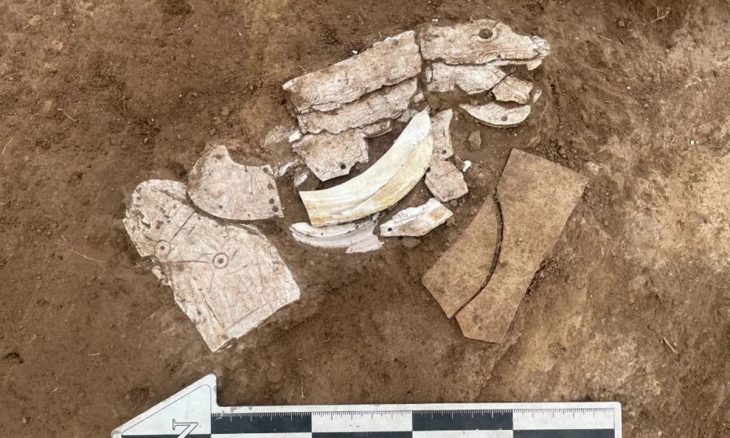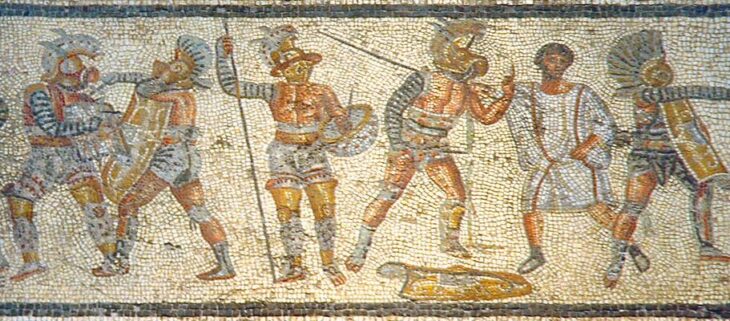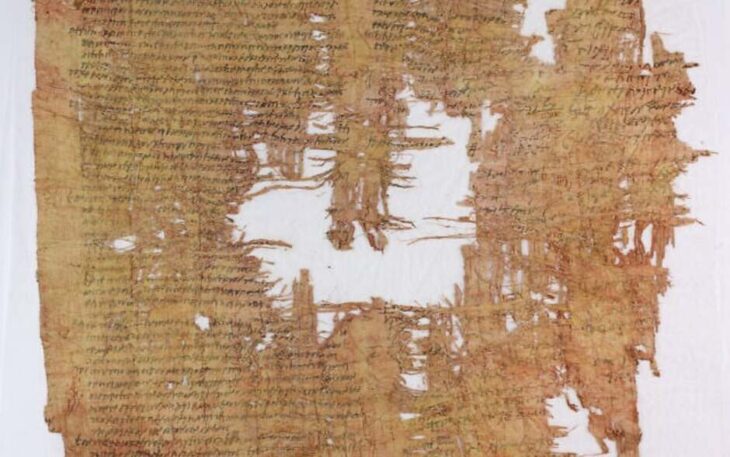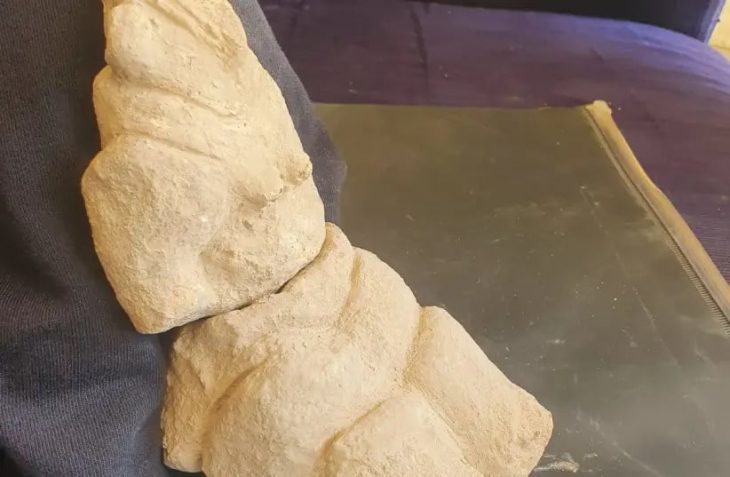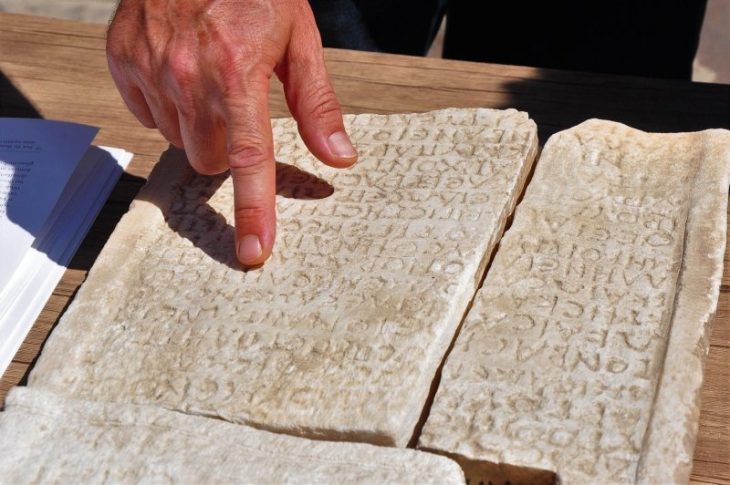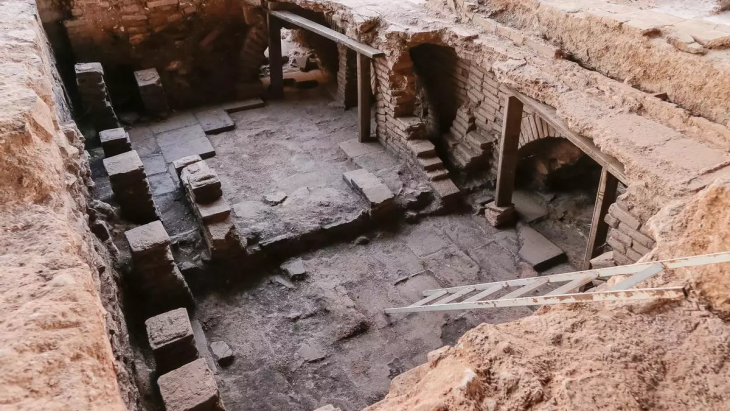A major archaeological breakthrough on the Greek island of Ithaca has brought new clarity to the island’s legendary past. Researchers from the University of Ioannina have identified what is now widely believed to be the sanctuary of Odysseus, the mythical king and Homeric hero, at the prominent site of Agios Athanasios–School of Homer in northern Ithaca.
Located near the spring-rich foothills of Exogi, this sacred complex, known since the 19th century as the “School of Homer,” is centered around a large rocky outcrop and consists of two carved terraces connected by stone staircases. Excavations at this site, ongoing since 2018, build upon the foundational work from systematic digs conducted between 1994 and 2011.
Unearthing the Layers of Time: From Neolithic to Roman Era
Recent findings have pushed back the timeline of human activity on the site to the Final Neolithic period (late 5th/4th millennium BCE), revealing flint tools and pottery shards that highlight the area’s long-standing importance. The Mycenaean period (14th–13th centuries BCE) is represented by dozens of vessel fragments and a rare underground spring cistern, built using the corbeling technique—a structure likely used during the Mycenaean palatial phase.
This Mycenaean presence may have been part of a broader network of 7–8 strategic sites across northwestern Ithaca, supporting regional oversight, port management, and control of the island’s vital water resources. Scholars suggest this network may correspond with the urban core of Homeric Ithaca during Odysseus’ era.
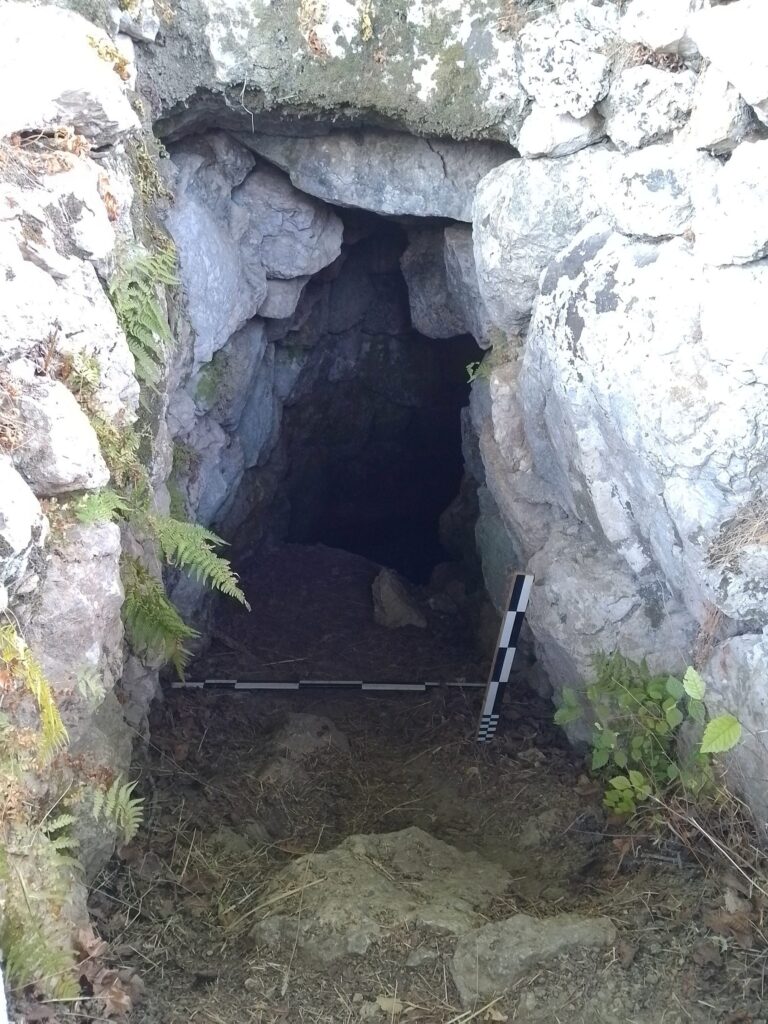
The Heart of the Discovery: Sanctuary of Odysseus Confirmed
The site’s significance grows exponentially with the confirmation of a sanctuary dedicated to Odysseus, evidenced by two newly discovered inscriptions from the late Hellenistic period: ΟΔΥCCEOC (Odysseus, genitive) and ΟΔΥCCEI (dative). These epigraphic findings align with a 1930s discovery in the Polis Bay cave, which bore the inscription “ΕΥΧΗΝ ΟΔΥCCΕΙ” (“Thanks, Odysseus”), and support the longstanding theory of hero cult worship centered on the island’s most famous son.
📣 Our WhatsApp channel is now LIVE! Stay up-to-date with the latest news and updates, just click here to follow us on WhatsApp and never miss a thing!!
A miniature bronze bust of Odysseus and multiple ritual artifacts—including 34 fragments of clay votives, loom weights, gold and bronze jewelry, and over 100 coins from various city-states—underscore the site’s religious and social significance during the Hellenistic and early Roman periods (3rd century BCE – 2nd century CE).
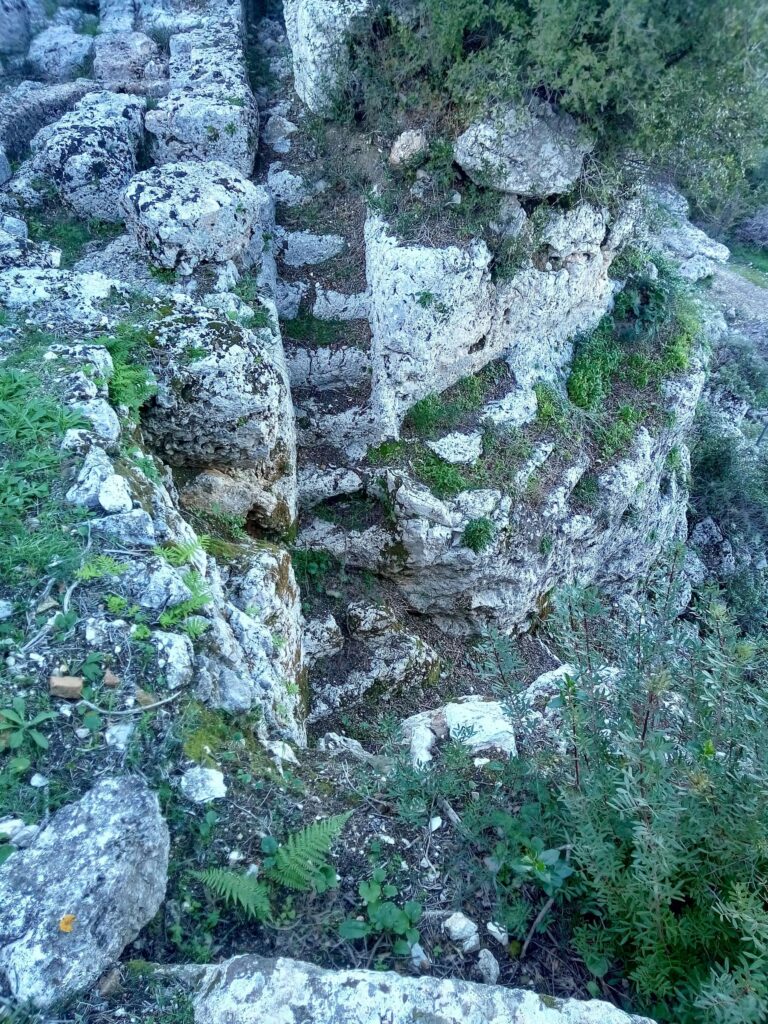
A Sanctuary of Worship and Pilgrimage
The lower terrace, featuring robust architectural structures, carved niches for dedications, and stamped roof tiles bearing inscriptions such as ΔΗ (potentially denoting “public”) and references to Apollo Agyieus, confirms the site’s use for organized cultic practices. This rich archaeological context indicates that the sanctuary likely served not only the island’s inhabitants but also pilgrims from afar.
According to Professor Giannos G. Lolos, scientific director of the excavation, the site represents a “public cultic complex” central to Ithaca’s religious, social, and possibly political life. The team, including Dr. Christina Marampea and other experts, continues to analyze findings through the University of Ioannina’s research program, supported by generous private donations and regional partnerships.
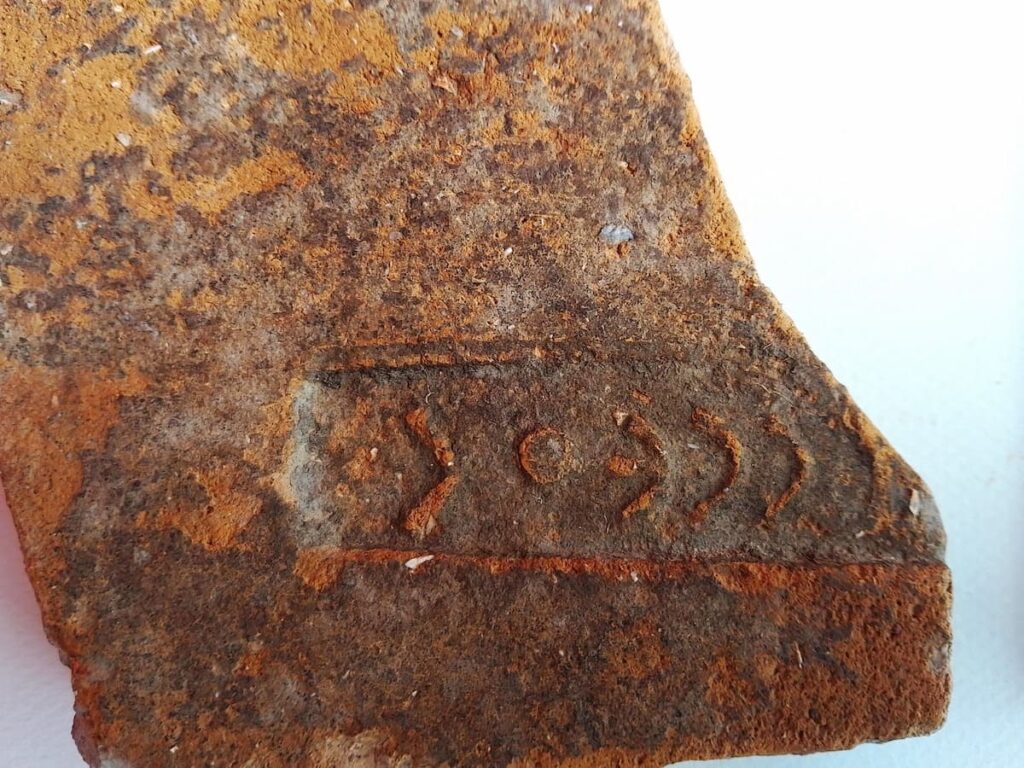
An Enduring Legacy Bridging Myth and Reality
This discovery brings us closer than ever to verifying the physical roots of Homer’s epic legacy. Whether one views Odysseus as a myth, a man, or both, the sanctuary in northwestern Ithaca offers compelling evidence of his heroic cult and cultural importance across millennia.
As excavation and conservation efforts continue, the School of Homer stands not only as an archaeological treasure but also as a symbolic link between myth and historical memory—a place where Odysseus, king and wanderer, is honored in stone, inscription, and enduring human fascination.
Cover Image Credit: The School of Homer site in Ithaca, identified as the sanctuary of Odysseus. Χρ. Μαραμπέα (Christina Marampea) / Greek Ministry of Culture

